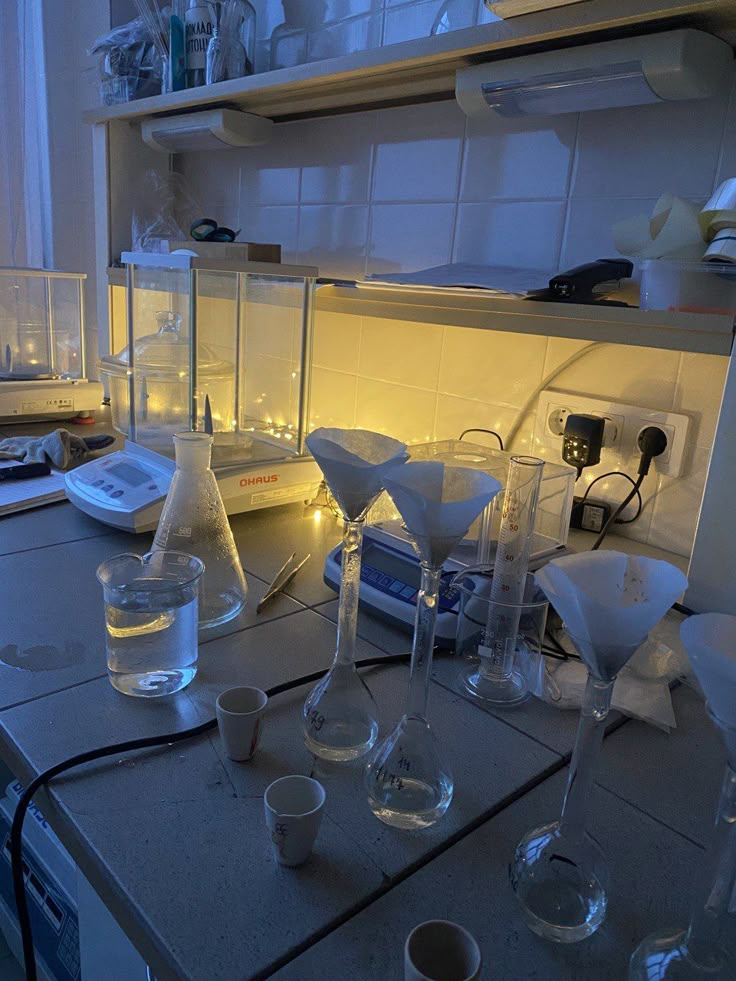
Introduction
Stoichiometry bridges the gap between the atomic world and what we can measure in the lab.
When a metal reacts with oxygen to form an oxide like X₂O₃, knowing exactly how much oxygen is needed makes all the difference in predicting yields and managing resources.
In this example, you are given 0.83 moles of metal X and asked to find the mass of oxygen that will react with it to form X₂O₃.
To begin, let’s walk through the reasoning and calculation step by step, keeping everything clear and concise.
Step 1: Break down the formula X₂O₃
The chemical formula X₂O₃ tells you a lot.
It shows that two moles of metal X react with three moles of oxygen atoms to form one mole of the compound.
That gives a ratio of 2:3 between X and O.
Always use the smallest whole-number ratio shown in the formula.
This ratio is the backbone of your calculation.
Step 2: Set up the mole ratio
If you have 0.83 moles of X, how many moles of oxygen atoms will combine with it?
You use the ratio from the formula: 2 moles of X react with 3 moles of O.
Write it as a proportion.
Oxygen moles needed = 0.83 moles X × (3 moles O / 2 moles X)
That calculation gives you the direct relationship.
Step 3: Calculate moles of oxygen atoms
Do the math.
0.83 × (3/2) = 0.83 × 1.5 = 1.245
So you need 1.25 moles of oxygen atoms (rounded to two decimal places for clarity).
You now know how many moles of oxygen atoms are required for the reaction.
Step 4: Find the mass of oxygen required
To get the answer in grams, use the atomic mass of oxygen.
Each oxygen atom has a mass of 16 grams per mole.
Multiply the moles by this value.
Mass of oxygen = 1.25 moles × 16 g/mol
That equals 20 grams of oxygen atoms.
This is the amount of oxygen that will react with 0.83 moles of metal X to form X₂O₃.
Step 5: Why does it matter whether you use oxygen atoms or molecules?
This is a spot where many students get tripped up.
If you are asked about oxygen in a compound, you use the atomic mass, not the mass of O₂ molecules.
O₂ molecules have a mass of 32 g/mol, but in the product X₂O₃, you have individual oxygen atoms.
That is why you use 16 g/mol in this calculation.
Getting this detail right is crucial for accurate answers.
Step 6: Where students often make mistakes
Sometimes, students use the wrong ratio.
They might try to use 1:1 or 2:1, ignoring what the formula actually says.
Others use 32 g/mol for oxygen by mistake.
A few forget to round their answer correctly or convert from moles to grams.
However, double-checking each step will help you avoid these common errors.
Step 7: Why stoichiometry is vital for chemists and engineers
Chemists need these calculations every day.
If you add too much oxygen, you might waste resources or cause a reaction to go out of control.
If you add too little, the metal might not react completely, and your product yield drops.
Engineers use this knowledge to design processes, predict costs, and keep their operations safe.
Therefore, Stoichiometry is a practical tool, not just an academic exercise.
Step 8: How does this show up in real life?
Metal oxides are everywhere. For example, aluminum forms Al₂O₃, and manufacturers use it in abrasives and as a protective coating.
Similarly, iron forms Fe₂O₃, or rust, which engineers try to minimize.
Therefore, getting the oxygen-to-metal ratio right can help control corrosion, improve product quality, and reduce costs.
In fact, in manufacturing, even a few grams’ difference can change an entire production run.
Step 9: Check your logic and units
To recap, you started with 0.83 moles of metal X.
You used the 2:3 ratio in the formula to find that you needed 1.25 moles of oxygen atoms.
You then multiplied by the atomic mass of oxygen and found the answer to be 20 grams.
At every step, you checked your work and made sure your units matched.
That is the mark of a true chemistry pro.
Final Wrap-Up
Given 0.83 moles of metal X and asked how much oxygen combines with it to form X₂O₃, you first apply the ratio from the formula.
You multiply 0.83 by 1.5, and the calculation shows that you need 1.25 moles of oxygen atoms.
You then convert that to mass using 16 grams per mole and get 20 grams.
This process takes you from a simple mole value to an actual measurement you could weigh in the lab.
Understanding how to move from moles to grams is a skill that chemists use every day, whether they are in school, in the lab, or running large industrial processes.
If you want to master these calculations, practice with more examples at Copychemistry or visit us on YouTube.
Each new problem makes you faster and more confident, bringing you closer to real chemistry mastery.
Remember, the details matter, and every accurate answer builds your skills for exams and for the real world.
